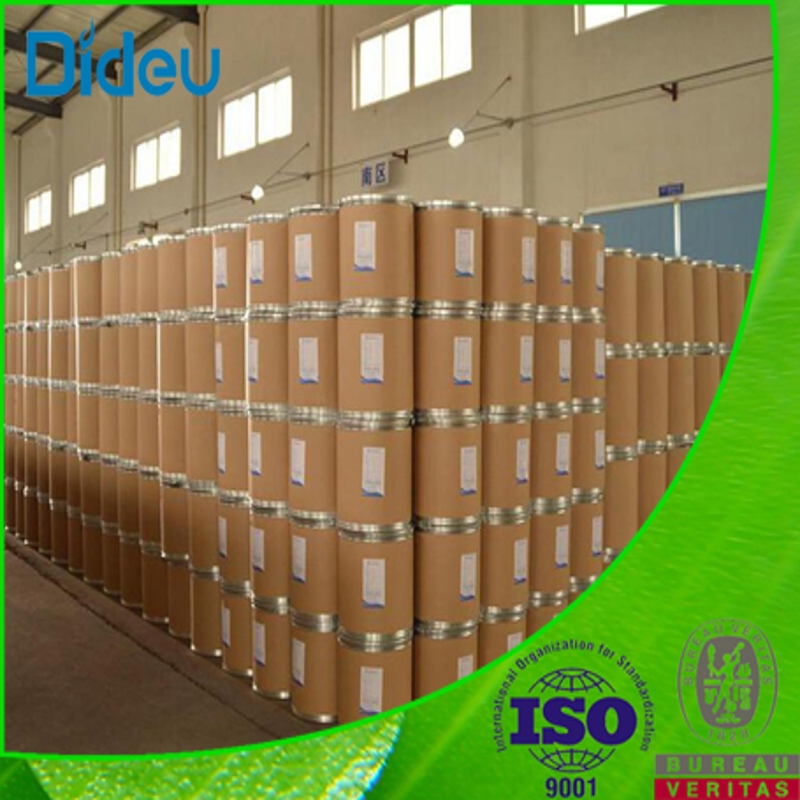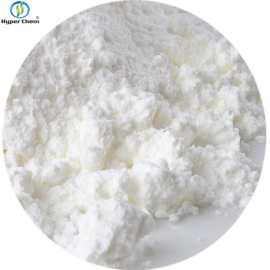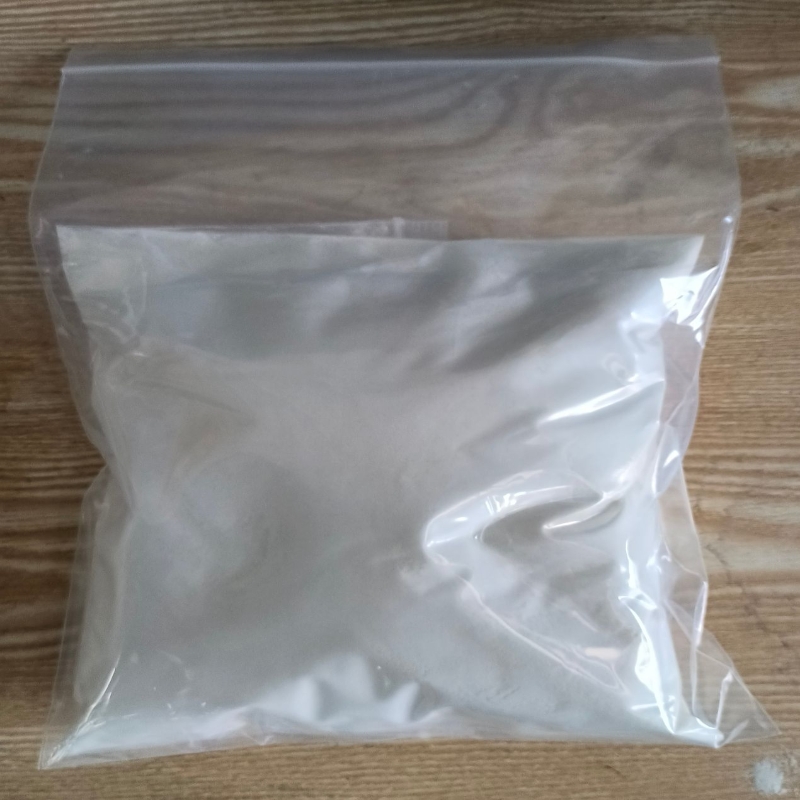-
Categories
-
Pharmaceutical Intermediates
-
Active Pharmaceutical Ingredients
-
Food Additives
- Industrial Coatings
- Agrochemicals
- Dyes and Pigments
- Surfactant
- Flavors and Fragrances
- Chemical Reagents
- Catalyst and Auxiliary
- Natural Products
- Inorganic Chemistry
-
Organic Chemistry
-
Biochemical Engineering
- Analytical Chemistry
-
Cosmetic Ingredient
- Water Treatment Chemical
-
Pharmaceutical Intermediates
Promotion
ECHEMI Mall
Wholesale
Weekly Price
Exhibition
News
-
Trade Service
The U.S. Food and Drug Administration concluded in its federal registration notice of
311
that the rebuttal to the final regulation of increasing the permitted use of vitamin
D2
bread yeast in baked goods did not provide a basis for amending or repealing the regulation. The
was
by
St. Louis-
.B Mauri
North American.this final regulation, at the request of the City of Montreal
Allemand
, was published in the Federal Register on
8 29
,
2012. The final regulations authorize vitamin
D2
bread yeast to be used as a safe source of vitamin
D2
and relaxants in baked goods in quantities not exceeding
400
IU
vitamin
D2/100
grams of finished products. Previously, its maximum use was
90 IU
vitamin
D2/100
of finished products.
26
, 2012,
A.B. Mauri
a letter from North American companies referred to two objections.First objection, the final regulation is based on two false assumptions: that the amount of vitamin
D2
in yeast can be accurately controlled and labeled, and that food producers can control the levels of vitamin
D2
in finished products through yeast and that vitamin
D2
can be accurately labeled on food labels. To confirm this objection,
A.B Mauri
samples from independent experimental analyses.
,
A.B. Mauri
did not provide the manufacturer's analytical certificate, so the levels of vitamin
D2
in the sample could be determined, according to
FDA
. Moreover,
A.B. Mauri
did not explicitly analyze the method used in vitamin
D2
bread yeast, nor did it provide information on the samples tested. In addition,
FDA
proposes an analysis certificate with a vitamin
D2
content of
, which is attached to each product sold containing vitamin
D2
bread yeast, which allows bakers to calculate the content of vitamin
D2
in each finished product.second objection,
A.B. Mauri
questioned whether vitamin
D2
had the same effect on the human body as vitamin
D3
when the levels were comparable. The company cites two peer-reviewed magazine articles to support this view.Fda
said its evaluation of the
Allemand
request was based entirely on safety considerations for the recommended use of vitamin
D2
bread yeast in baked goods containing yeast. According
the
FDA, expanding the scope of the final regulations to provide
D3
safe use is beyond the scope of the request.







